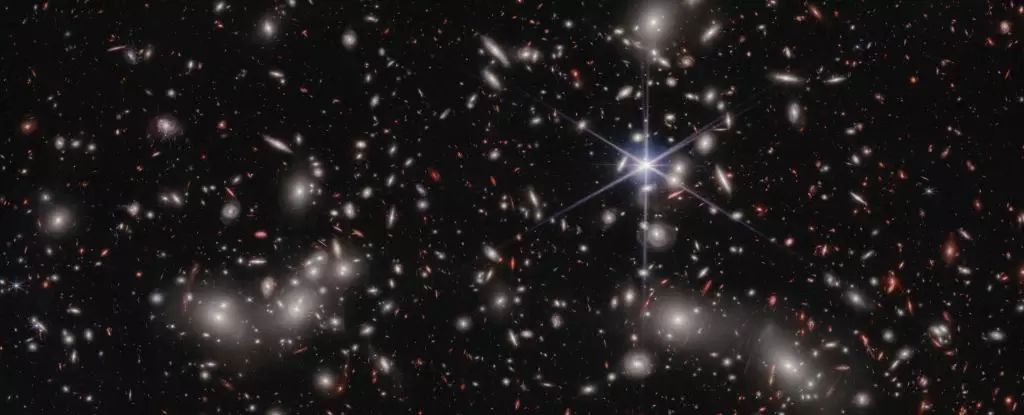The early Universe was a realm characterized by darkness and mystery—a chaotic state devoid of light, filled only with a hot, dense fog of ionized plasma. This obscure era, known as the cosmic dawn, began shortly after the Big Bang. Following this event, for approximately 300,000 years, light sources were virtually nonexistent, and the universe remained an enigmatic expanse of energy and matter. As temperatures began to drop, protons and electrons united to form neutral hydrogen and helium gas, creating a more stable, albeit still dark, cosmic environment.
During this era, any light present was scattered, preventing it from illuminating the void. It was only with the birth of the first stars that light began to penetrate this dense fog. These stars unleashed radiation, which played a crucial role in the transition from a dark Universe to one filled with glowing celestial bodies. As they produced energetic photons, they also stripped electrons from their atomic structures, effectively reionizing the remaining gas and clearing the path for light to travel freely through intergalactic space.
Recent advancements in telescope technology, particularly the combined efforts of the Hubble Space Telescope and the James Webb Space Telescope (JWST), have provided astrophysicists with unprecedented views of the cosmic dawn. These instruments have been pivotal in revealing data that illuminate the very processes that governed the early Universe’s evolution. Surprisingly, the findings point to ultra-faint dwarf galaxies as key contributors to the reionization process, challenging previous assumptions that larger, more luminous galaxies were primarily responsible for this transformation.
In a groundbreaking study published in February, a research team led by astrophysicist Hakim Atek from the Institut d’Astrophysique de Paris painstakingly analyzed data from a distant galaxy cluster known as Abell 2744. This galaxy cluster acts as a cosmic lens due to its immense mass, bending the fabric of space-time and allowing scientists to observe faint, early galaxies through its gravitational influence. The results were astonishing; these previously overlooked dwarf galaxies not only outnumber their larger counterparts by a staggering ratio of 100 to 1, but they also emit significantly more ionizing radiation than anticipated—four times the collective output of larger galaxies.
This newfound insight into the role of dwarf galaxies introduces a compelling narrative about the early Universe. According to astrophysicist Iryna Chemerynska, the results highlight the importance of these low-mass galaxies in shaping the Universe’s history. Their “cosmic prowess” indicates that despite their small stature, dwarf galaxies possess an overwhelming capacity to influence cosmic events.
Their prolific production of ionizing photons means that they played a crucial role in converting neutral hydrogen back into ionized plasma during the reionization epoch. This transformation allowed light to break free from the shackles of dense cosmic fog, signaling the dawning of an era where the Universe was filled with light. The implications of this discovery not only reshape our understanding of how galaxies evolved but also how the Universe transitioned from a dark void to a brilliant expanse of stars and galaxies.
While these findings represent a significant step forward, there remains a considerable amount of exploration required to sufficiently verify the breadth of this phenomenon. The current study focused on a specific section of the sky; subsequent research needs to encompass a more diverse range of cosmic lens regions to ensure that the dwarf galaxy population surveyed is representative of the overall cosmic population during the reionization epoch.
The researchers plan to extend their analysis to a broader array of cosmic lenses, which will allow them to gather further data on early galactic formation. As Themiya Nanayakkara, an astrophysicist at Swinburne University of Technology, aptly notes, this groundbreaking research places the scientific community on the cusp of unraveling ancient cosmic mysteries long enveloped in fog.
The understanding of dwarf galaxies as integral players in reionization is a revelation that will undoubtedly redirect the course of future astronomical research. Grasping their role provides key insights into the evolutionary narrative of the Universe. While the puzzle of reionization has fascinated scientists for decades, the continued exploration of dwarf galaxies might just be the key to revealing the expansive story of our Universe—an epic journey from the depths of darkness to the vibrant light we see today.


Leave a Reply